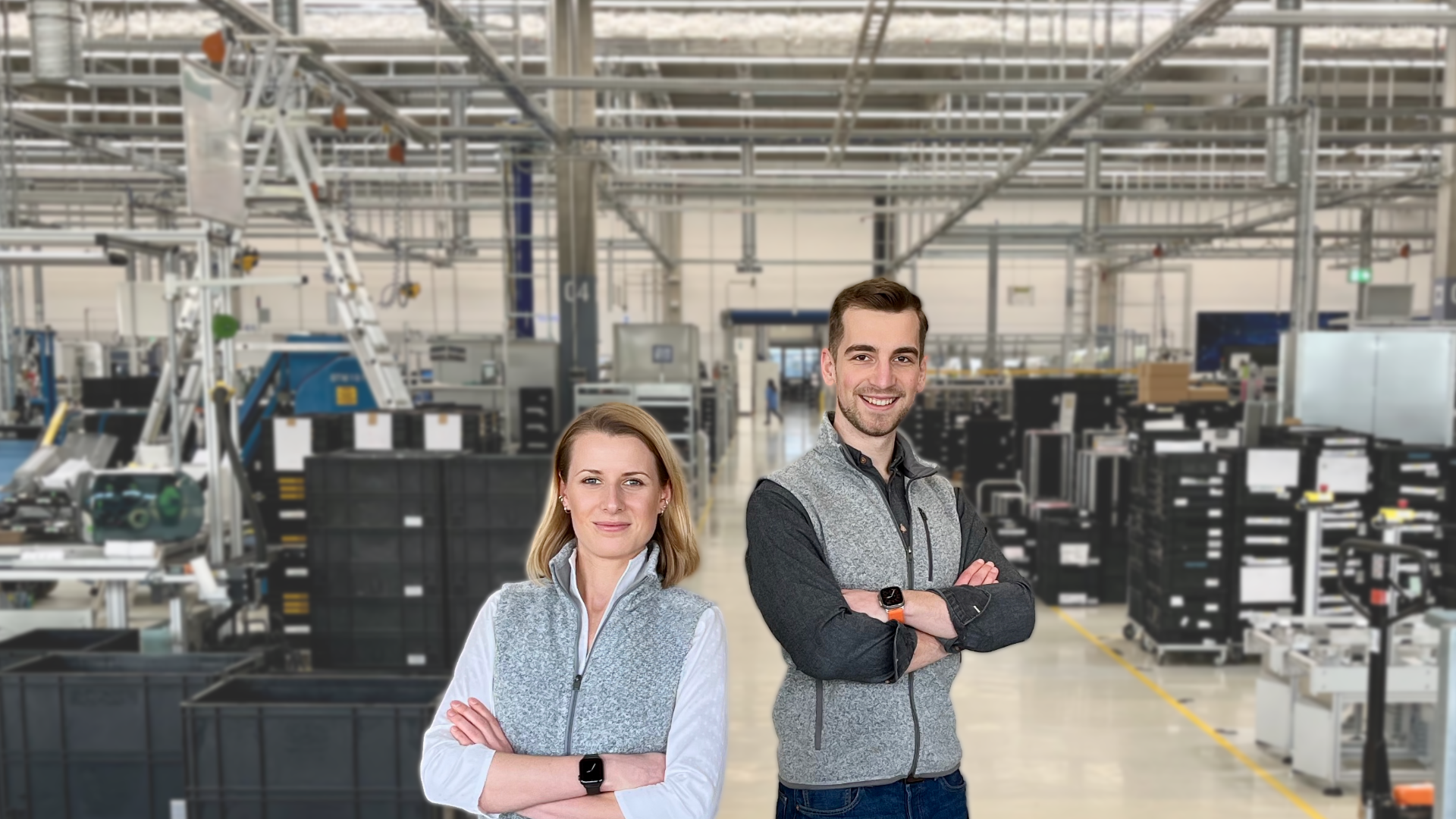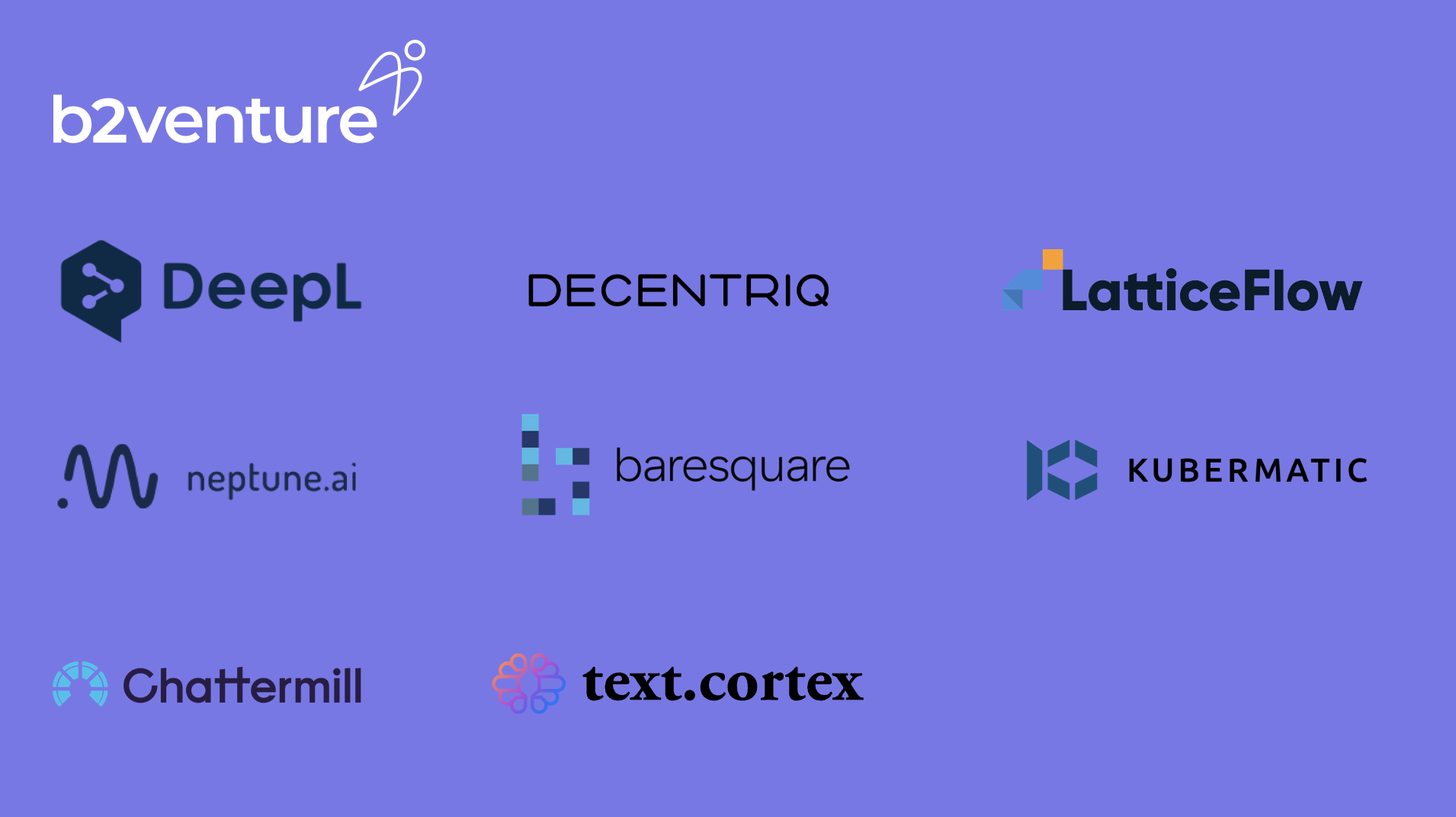Innovative VC: Rethinking How Firms Operate
Innovative VC: Rethinking How Firms Operate
Venture capital has always been an industry of innovation. We partner with entrepreneurs who challenge established players, reinvent business models, and push technology forward. Outwardly, VC is one of the most forward-looking industries in the world.
Yet behind the scenes, the picture is different. 80% of investors are dissatisfied with their current tech stack¹, struggling with fragmented data, manual reporting, and clunky processes that often lead to delayed decisions. For founders, transparent and consistent processes mean faster responses and clearer feedback at the moments where speed matters most. Internally, much of the work still relies on people coordinating across spreadsheets, PDFs, and long email chains. And that is not a weakness; on the contrary, it shows how resourceful and committed the people in this industry are. Venture capital is efficient, but largely because talented teams work tirelessly behind the scenes to make it so.
This piece opens a series on how VC can operate better from the inside out. It is a wide-angle starting point. In the next posts, we will go deeper into specific areas of venture operations, looking at the foundations that can free up time and sharpen focus for investors.

Efficiency Through People, Not Processes
Venture capital is often praised for being lean, fast-moving, and well-networked. That reputation is well-earned. But if you look closely, much of the agility comes from human effort: teams chasing down data across systems, stitching together updates from different sources, or manually consolidating quarterly updates.
This works, but it also highlights the real constraint in our industry: time. Every hour an investor spends formatting slides, navigating compliance checks, or coordinating multiple stakeholders is an hour not spent with founders or supporting portfolio companies. In an industry where time with founders and LPs is the most valuable currency, and where we constantly champion innovation in others, it is only natural to constantly evaluate how we innovate as an institution ourselves and how we continue to develop our operations. This belief has shaped how we at b2venture approach our own operations, testing new tools and workflows to give investors more time with founders.
The Case for a Different Approach
The next wave of innovation in VC may not come only from new investment theses, but from rethinking how firms are run. The goal is not to replace people, but to give them back the time to do what they do best: finding exceptional founders, supporting portfolio companies, and building lasting trust with LPs.
We see this already happening. CRMs with relationship intelligence like Affinity help firms map and activate their networks more effectively. Attio focuses on flexible workflow building and customization tailored to venture teams. Automation platforms such as n8n orchestrate end to end workflows across tools and data, and teams can plug in AI where it adds value. Portfolio systems like Quantium enable continuous data collection and provide LP portals that act as a single source of truth, providing investors greater transparency and consistency instead of static snapshots. Beyond company wide systems, there is also a layer of individual enablement. Tools like text.cortex allow people to build personal AI agents tailored to repetitive tasks, while Yapify helps maintain an inbox zero by activating voice for email replies. Together with CRMs, automation platforms, and portfolio systems, these solutions make the everyday work of a VC more seamless, less repetitive, and more impactful.
Yet adoption is not always straightforward. In many organizations, decisions about tools are made at a higher level, while the day-to-day challenges are faced by others. A more effective approach could be to involve end users in the decision-making process and to conduct regular reviews of the tool stack to prevent overload and unnecessary costs. Closing that gap requires more than just new software. It means putting operational excellence on the same level as investment excellence.
This series will highlight not only the startups and teams pushing the space forward, but also how their tools can be applied across the different functions inside a VC firm – from finance and legal to operations, to the intersection with investment teams, and beyond. The aim is to show both the ecosystem innovators and the practical ways their solutions can be embedded into everyday venture work. More to come as we go deeper in the next pieces.
Why It Matters
Operational strength builds trust. For LPs, transparent reporting and clear communication reinforce confidence and discipline. For founders, strong operations mean faster decisions and better support. For the ecosystem, resilience grows as venture matures and regulation increases. Automation and AI amplify this by freeing up time and unlocking richer data and faster feedback loops, giving LPs clearer perspectives, founders quicker responses, and investors sharper insights to drive decisions.
Operational excellence is no longer a nice to have. It is a durable advantage.
A Call for Innovative VC
This is only the first step in a longer journey. In the next pieces, we will continue exploring how different parts of venture operations can evolve, always with the aim of freeing more time for high‑impact work.
Venture capital has thrived because of the people who make it work. Their energy and creativity have kept the industry moving even when systems lagged behind. Now we have a chance to amplify that strength. By adopting automation, smarter workflows, and AI-enabled tools, we can give investors the freedom to focus on what truly drives impact: founders and companies that will shape the future.
This series is an open invitation for exchange. If you are building tools that make VC better, or if you have experiences to share from the LP, founder, or investor side, we would be glad to connect and learn. We will continue spotlighting builders and ideas that move the craft forward.
Innovation in VC is not only about where we invest. It is about how we operate. The firms that embrace this mindset will not just fund the future, they will live it.
Venture capital has always been an industry of innovation. We partner with entrepreneurs who challenge established players, reinvent business models, and push technology forward. Outwardly, VC is one of the most forward-looking industries in the world.
Yet behind the scenes, the picture is different. 80% of investors are dissatisfied with their current tech stack¹, struggling with fragmented data, manual reporting, and clunky processes that often lead to delayed decisions. For founders, transparent and consistent processes mean faster responses and clearer feedback at the moments where speed matters most. Internally, much of the work still relies on people coordinating across spreadsheets, PDFs, and long email chains. And that is not a weakness; on the contrary, it shows how resourceful and committed the people in this industry are. Venture capital is efficient, but largely because talented teams work tirelessly behind the scenes to make it so.
This piece opens a series on how VC can operate better from the inside out. It is a wide-angle starting point. In the next posts, we will go deeper into specific areas of venture operations, looking at the foundations that can free up time and sharpen focus for investors.

Efficiency Through People, Not Processes
Venture capital is often praised for being lean, fast-moving, and well-networked. That reputation is well-earned. But if you look closely, much of the agility comes from human effort: teams chasing down data across systems, stitching together updates from different sources, or manually consolidating quarterly updates.
This works, but it also highlights the real constraint in our industry: time. Every hour an investor spends formatting slides, navigating compliance checks, or coordinating multiple stakeholders is an hour not spent with founders or supporting portfolio companies. In an industry where time with founders and LPs is the most valuable currency, and where we constantly champion innovation in others, it is only natural to constantly evaluate how we innovate as an institution ourselves and how we continue to develop our operations. This belief has shaped how we at b2venture approach our own operations, testing new tools and workflows to give investors more time with founders.
The Case for a Different Approach
The next wave of innovation in VC may not come only from new investment theses, but from rethinking how firms are run. The goal is not to replace people, but to give them back the time to do what they do best: finding exceptional founders, supporting portfolio companies, and building lasting trust with LPs.
We see this already happening. CRMs with relationship intelligence like Affinity help firms map and activate their networks more effectively. Attio focuses on flexible workflow building and customization tailored to venture teams. Automation platforms such as n8n orchestrate end to end workflows across tools and data, and teams can plug in AI where it adds value. Portfolio systems like Quantium enable continuous data collection and provide LP portals that act as a single source of truth, providing investors greater transparency and consistency instead of static snapshots. Beyond company wide systems, there is also a layer of individual enablement. Tools like text.cortex allow people to build personal AI agents tailored to repetitive tasks, while Yapify helps maintain an inbox zero by activating voice for email replies. Together with CRMs, automation platforms, and portfolio systems, these solutions make the everyday work of a VC more seamless, less repetitive, and more impactful.
Yet adoption is not always straightforward. In many organizations, decisions about tools are made at a higher level, while the day-to-day challenges are faced by others. A more effective approach could be to involve end users in the decision-making process and to conduct regular reviews of the tool stack to prevent overload and unnecessary costs. Closing that gap requires more than just new software. It means putting operational excellence on the same level as investment excellence.
This series will highlight not only the startups and teams pushing the space forward, but also how their tools can be applied across the different functions inside a VC firm – from finance and legal to operations, to the intersection with investment teams, and beyond. The aim is to show both the ecosystem innovators and the practical ways their solutions can be embedded into everyday venture work. More to come as we go deeper in the next pieces.
Why It Matters
Operational strength builds trust. For LPs, transparent reporting and clear communication reinforce confidence and discipline. For founders, strong operations mean faster decisions and better support. For the ecosystem, resilience grows as venture matures and regulation increases. Automation and AI amplify this by freeing up time and unlocking richer data and faster feedback loops, giving LPs clearer perspectives, founders quicker responses, and investors sharper insights to drive decisions.
Operational excellence is no longer a nice to have. It is a durable advantage.
A Call for Innovative VC
This is only the first step in a longer journey. In the next pieces, we will continue exploring how different parts of venture operations can evolve, always with the aim of freeing more time for high‑impact work.
Venture capital has thrived because of the people who make it work. Their energy and creativity have kept the industry moving even when systems lagged behind. Now we have a chance to amplify that strength. By adopting automation, smarter workflows, and AI-enabled tools, we can give investors the freedom to focus on what truly drives impact: founders and companies that will shape the future.
This series is an open invitation for exchange. If you are building tools that make VC better, or if you have experiences to share from the LP, founder, or investor side, we would be glad to connect and learn. We will continue spotlighting builders and ideas that move the craft forward.
Innovation in VC is not only about where we invest. It is about how we operate. The firms that embrace this mindset will not just fund the future, they will live it.

The Author

Karim El-Ghawi
Operations Associate
Karim joined b2venture in 2024 after working at Microsoft, focusing on AI-driven automation, data quality, and scalable operations.
Team















.png)




.jpg)
-min.png)


.jpg)














































.jpg)





















